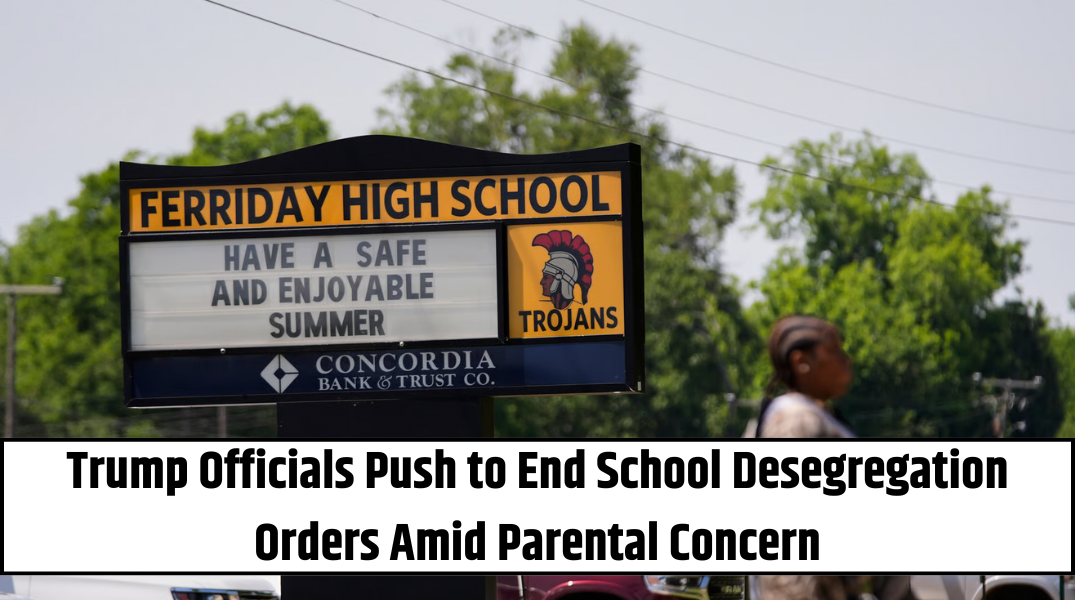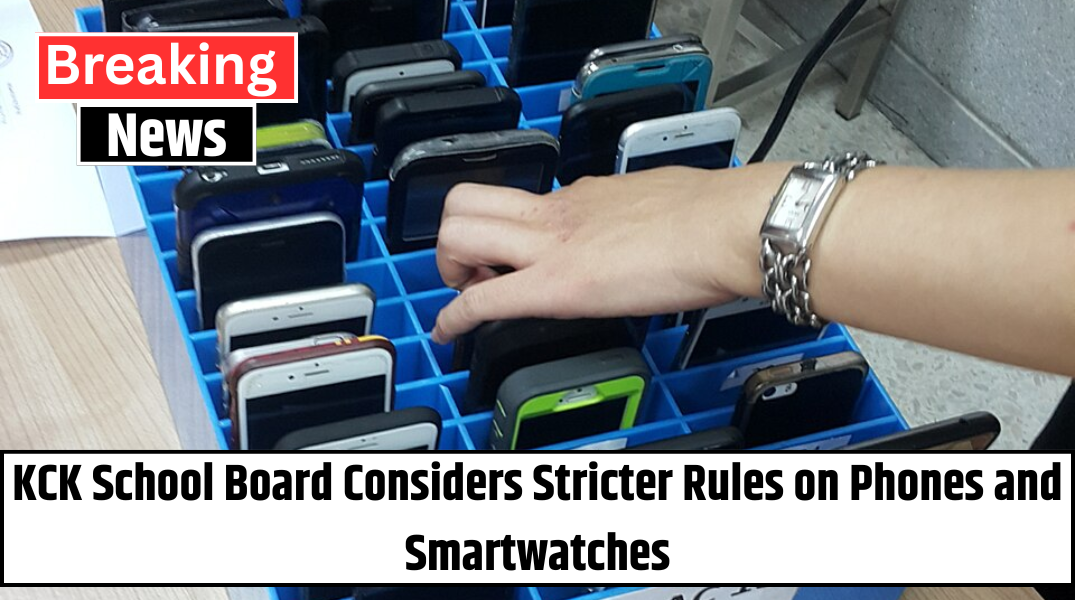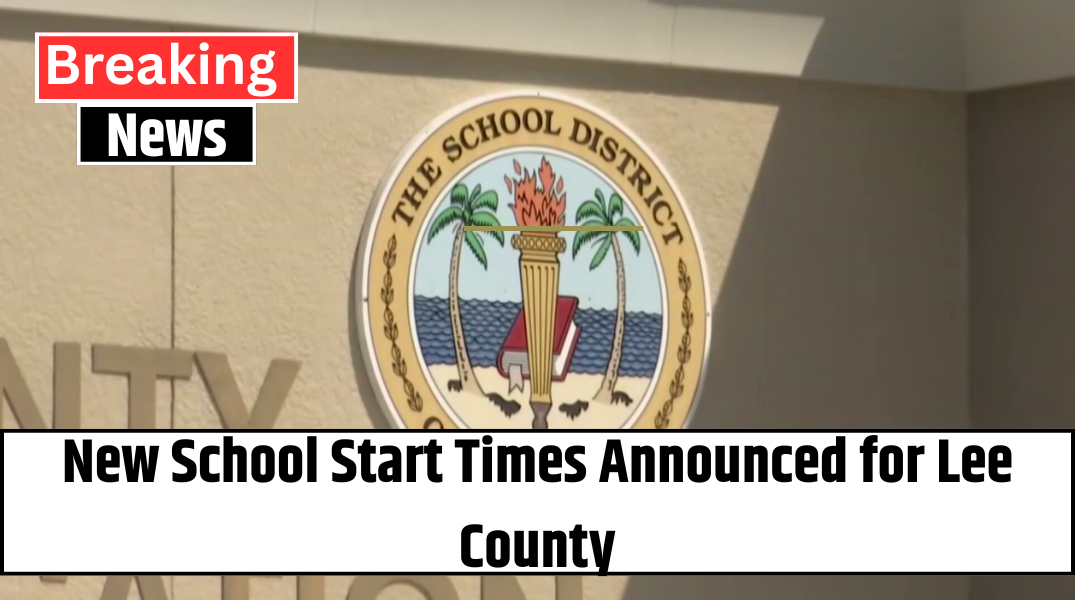FERRIDAY, La. — In Louisiana’s Concordia Parish, a tale of two high schools reveals just how far the country still has to go to realize the promises of school desegregation.
Just a short drive apart, Ferriday High School and Vidalia High School present a striking visual and socioeconomic contrast. Ferriday’s facilities are crumbling, surrounded by barbed wire, while Vidalia boasts a modern campus with a sparkling new library and a bold blue “V” emblazoned on its walls.
There’s another difference that’s hard to ignore: Ferriday High is 90% Black, while Vidalia High is 62% white.
A Legacy That Won’t Fade
Concordia Parish has technically been under a federal desegregation order since 1965 — a legal mandate that was supposed to ensure racial equity in public education following the Civil Rights Movement. But despite that, decades later, segregation still lingers, even if the laws have changed.
“The message to us is loud and clear — we’re not supposed to have what they have,” said Brian Davis, a Ferriday father. “It’s as if our children aren’t worthy of investment.”
This struggle is part of a larger trend. Across the South, over 120 school districts remain under desegregation orders, relics of a time when school doors were slammed shut in the faces of Black students. Now, there’s growing pressure — particularly in Republican-led states — to lift those court orders, with critics calling them outdated and bureaucratically burdensome.
The Federal Government Begins to Pull Back
In a notable shift, the Justice Department under the Biden administration has started reviewing and releasing districts from long-standing desegregation mandates. In April, it dismissed a 1960s order in Plaquemines Parish, and according to DOJ civil rights chief Harmeet Dhillon, more districts will soon “bite the dust.”
Also Read – Aspen School District Implements Safeguards Against ICE Agent Access
This movement aligns with calls from Louisiana Governor Jeff Landry and his attorney general, both of whom want every remaining desegregation order in the state lifted — regardless of local racial disparities.
But civil rights advocates warn that striking down these orders too soon may erase essential legal tools that still hold school systems accountable. In Concordia, one such order was used to challenge a local charter school’s racially imbalanced enrollment — a challenge that led to a court-mandated fix.
“These orders are far from obsolete,” said Deuel Ross, deputy litigation director at the NAACP Legal Defense Fund. “They’re still protecting students in very real ways.”
The Resistance to Integration
Efforts to fully integrate schools in Concordia have long faced pushback. A 2016 federal plan proposed consolidating racially divided elementary and middle schools, but it was swiftly rejected by local officials and Vidalia families. The plan, they said, would expose students to crime and drugs — claims that echo decades-old resistance to school integration.
“If we had accepted that, it would have destroyed the district,” said former superintendent Paul Nelson, who believes it’s time to move past the court oversight. “White families would’ve left for private schools, and we’d be worse off.”
But not everyone agrees. Derrick Davis, a coach at Ferriday High, believes merging schools would benefit everyone. “When we travel to other schools and see their sports facilities, it’s obvious we’re not getting equal treatment. Combining our schools might be the only way forward.”
Still, others in Ferriday express concern that forced mergers could lead to cultural clashes. Marcus Martin, a Black school resource officer, supports equity efforts but warns that “moving students around without community buy-in can create more tension than unity.”
Inequality Still Widespread
While Ferriday struggles with deteriorating infrastructure and limited funding, Vidalia enjoys the financial benefits of a hydroelectric plant located within its borders. The district’s third town, Monterey, is 95% white and largely untouched by integration mandates.
Despite years under court supervision, the divide has not closed. The desegregation order requires the district to allow transfers between majority Black and majority white schools, report teacher demographics, and monitor discipline disparities. And yet, inequities persist.
In one recent example, Delta Charter School, located on the former site of an all-white private school, initially enrolled a student body that was only 15% Black. The desegregation order was used to compel the school to admit more Black students — now making up roughly 40% of its enrollment.
Also Read – Marshall County Middle Schoolers Discover Career Paths at CTE Camp
“Slipping into Darkness”
The Justice Department’s ability to enforce these orders is weakening. In Concordia, nearly all of the federal attorneys originally assigned to the case have resigned. Without active federal oversight, parents like Brian Davis fear things will only worsen.
“Without that court order, we don’t have a voice,” Davis said. “Parents here can’t just pick up and send their kids to a better school. Ferriday is our only option — and it feels like that option is slipping into darkness.”
The future of Concordia Parish — and other districts like it — now hinges on how the courts, federal officials, and local leaders respond in a pivotal moment where the past and present collide.
A System at a Crossroads
While some argue for shedding federal oversight to move forward, others see desegregation orders as the only safeguards left in place to fight educational inequity.
The question isn’t whether the orders are old — it’s whether they’re still necessary. And in places like Ferriday, where families say they’ve been waiting six decades for justice, the answer may be painfully clear.
Interesting Fact: In 1965, Concordia Parish was home to a violent KKK faction that strongly resisted integration. Today, the racial divides in school infrastructure and student opportunities echo the same injustices families fought to overcome during the Civil Rights era — showing that, sometimes, history isn’t just remembered, it’s lived.












